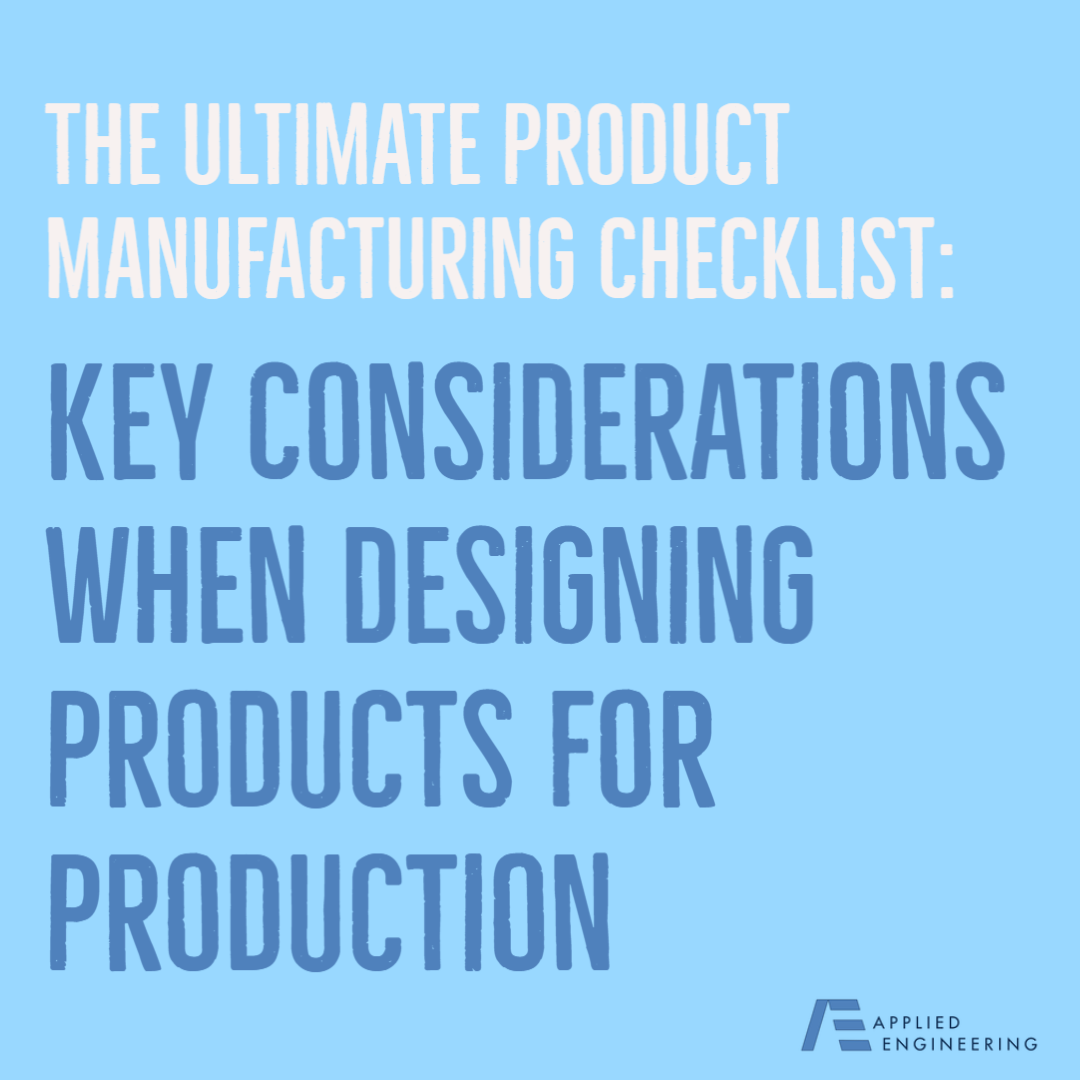Are you eager to learn more about the latest developments in advanced battery technology, as you envision a future where devices and machines of all shapes and sizes are powered by efficient, reliable, and safe batteries? Do you want to know how these technological advances could revolutionize portable power, and what their implications are for consumer products, electric vehicles, and renewable energy systems?
Read MoreThe increasing use of renewable energy sources such as solar and wind power has brought about a new challenge: how to store the energy generated when it is not needed for immediate use. Energy storage technologies are essential for managing the variability of renewable energy sources and ensuring a reliable supply of electricity. Let’s explore some of the most common renewable energy storage options available today.
Read MoreBattery energy storage systems work by converting stored electrical energy into a different form when needed. This process begins with the components of the system capturing and storing energy from renewable sources such as solar and wind. The stored energy is then released when it is needed, either for backup power during an outage or to supply energy to an entire town. The power electronics and inverters then convert the stored energy into a form that can be used by consumers.
Read MoreYou're a product designer, engineer, or manufacturing professional looking for ways to improve quality and reduce costs. You've heard of design for manufacturing (design for manufacturing) as a potential solution but don't know where to start. Design for manufacturing is a powerful tool that can help you optimize your designs and streamline workflows, ultimately resulting in improved quality and cost savings. However, implementing design for manufacturing strategies can be complex and requires careful consideration of various factors in order to ensure success. In this article, we'll explore how you can take advantage of design for manufacturing to improve quality and reduce costs.
Read MoreAre you looking to design a product for mass production? If so, it’s important that you take into account all the key considerations before getting started. With the right preparations and planning in place, your product can have an efficient and cost-effective journey from prototype to bulk production.
Read MoreThe product development cycle is a complex process that involves several stages, from ideation and prototyping to manufacturing and distribution. At each stage, there are specific challenges that need to be addressed, and design for manufacturing (DFM) is one of them.
DFM is the process of designing a product with the goal of optimizing its manufacturability. The idea is to create a design that can be easily manufactured at scale while minimizing costs and maintaining quality.
Read MoreLearn how Design for Assembly and Design for Manufacturing can help cut costs, reduce material and labor costs, optimize production workflows, and more.
Read MoreRoutine audits are critical to ensure quality and compliance on products or systems across a network of suppliers and partners. No matter the audit type, it is important to understand the roles within the manufacturing supply chain and to drill down on processes used, especially in the use of contract manufacturing. Every audit is different, but the broader goal is to verify and evaluate what is in place and used by your contract manufacturer. Your audit should identify the strengths and weaknesses of your contract manufacturer. Below you’ll find basic guidance for performing a contract manufacturing audit that will help you achieve quality and compliant manufacturing outcomes.
Read More







